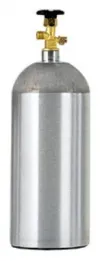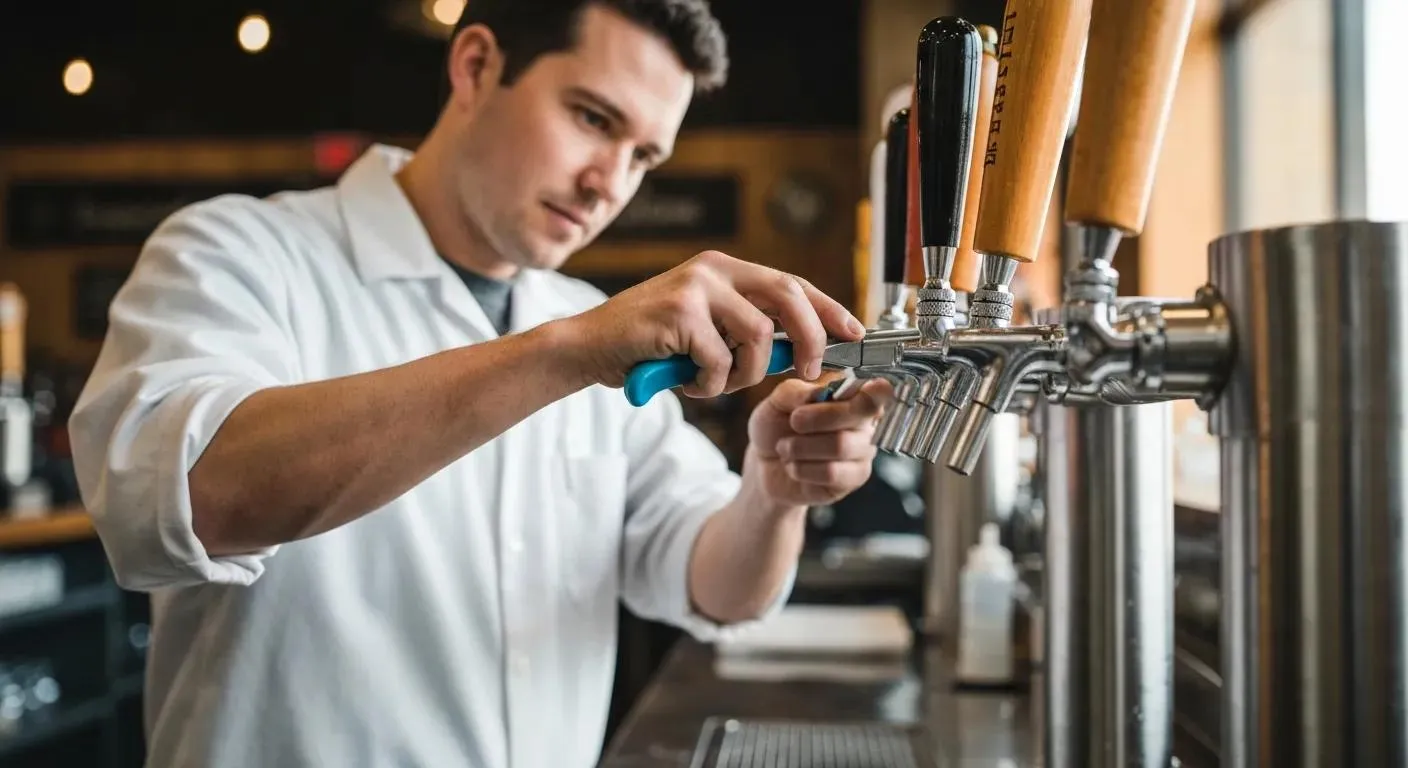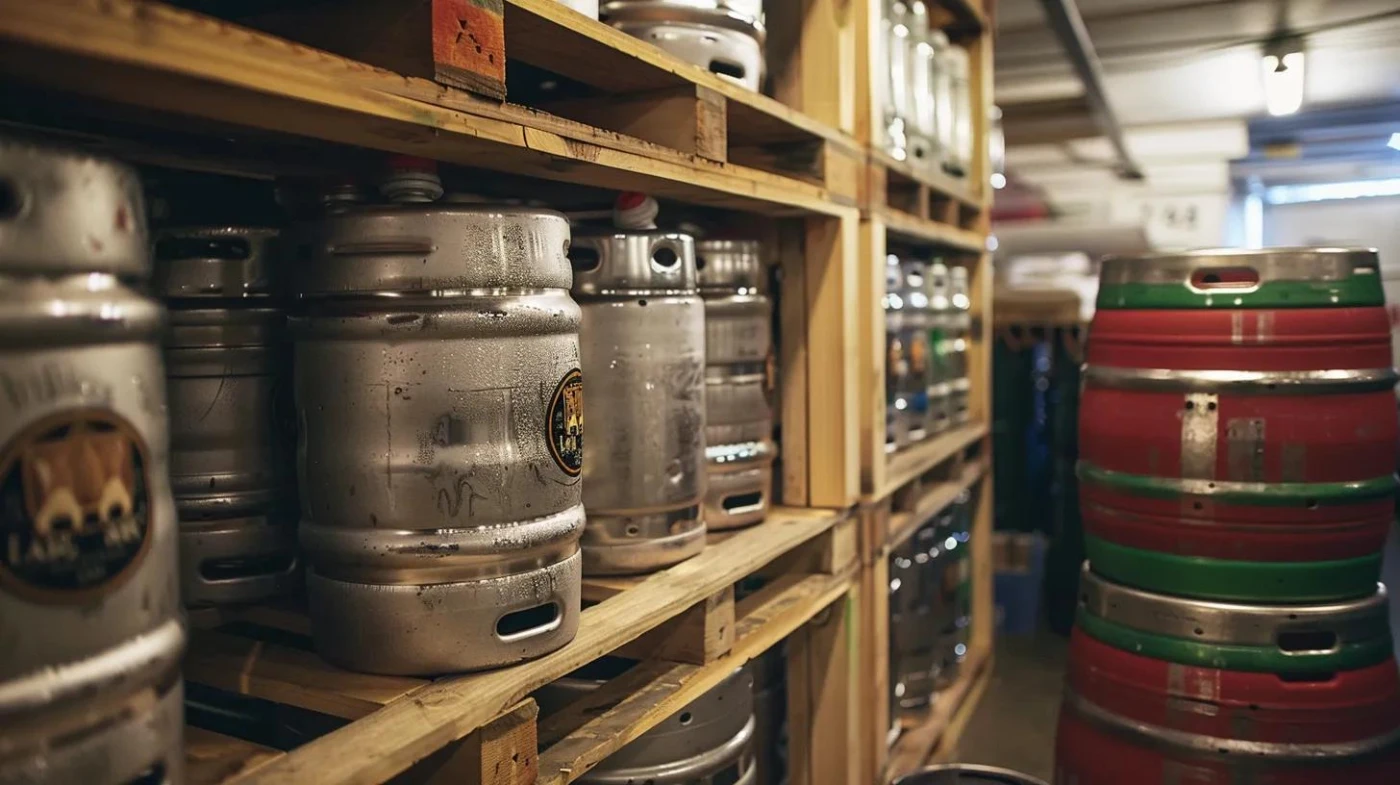Locating a Beer Gas Leak

You notice you are going through a lot more C02, and your beer system isn't pouring as well as it does. You know you have a gas leak but have no idea where it is in your beer system. After reading this blog post you will have the knowledge to locate the leak and fix the problem.
You Have a Co2 Gas Leak Now What?
All beer systems have a source of Co2, Nitrogen or mixed gas they pull from. It can be from a bulk C02 Tank, Cylinder or Gas Blender. Regardless you want to start at the source and move down stream from there to locate your leak. Start at the primary regulator, then move down to the secondary regs and finally the couplers. We will go into detail here.

Locate the Gas Leak
- Start at the primary Regulator. This is the source of where beer gas starts in a beer system. Turn the valve off where the hose is connected. Open the C02 valve. Then turn the valve closed the cylinder, tank or blender whichever you are using. If there's a leak in the Primary Reg you will notice the pressure dropping. If there's no leak the pressure will stay the same. We want to check the primary regulator first. If the pressure holds it's time to move down to the secondary regulators in your beer cooler.
- Inside your beer cooler you should have secondary regulators that feed your beer kegs or air manifolds with shut-off valves. Either way shut off the valves to the kegs, so no gas gets pass the regulators. We want to check the secondary regs or air manifolds first before we move onto the couplers.
- With them shut off. Prime the system with Co2 and turn your source of Co2 off either by shutting off the Primary Regulator or turning off the Co2 Cylinder. It doesn't matter as long as the line is primed. Next, watch the gauge on the secondary regulators. If there's no leak they should hold pressure and not move. If there is a panel of secondaries. Check each panel by looking at all the gauges. You'll know if there's a leak.
- Let's say you checked all the gauges and they are all holding pressure. Now we want to open each line down to the coupler one by one. By opening up the lines one at a time you will be able to isolate where the leak is at on a coupler. Typically it can be a missing Thomas valve on a coupler, a loosened beer not on a gas line, or a tapped coupler that isn't connected to a keg. These are just some of the things I have seen inside a beer cooler over the years. But you will know what it is by isolating each line and going through them one by one.
Summary
Find a leak in your draft beer system by starting at the source or your primary regulator and check there first. Next, move downstream to your secondary regulators and air manifolds. Confirm these hold pressure before you move down to the coupler on each beer line. Open each valve one at a time when identifying a coupler. If necessary use a spray bottle with dawn dish soap to spray connections if the leak is somewhere on a panel of secondaries. Look for bubbles to identify a small leak.
For any other questions you might have felt free to reach out to us here. And you should check out our blog for more beer cleaning/dispensing information.
Cheers!



